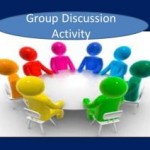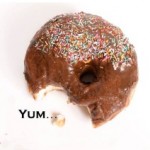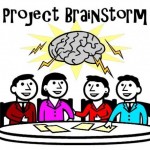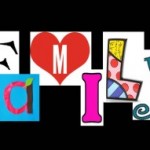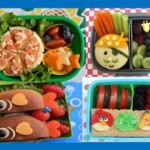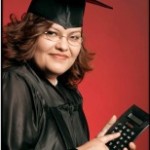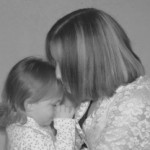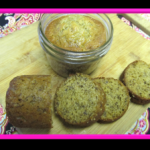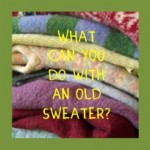
This past spring Ikea joined Concept Kitchen 2025 at the Milan Design week to explore how the kitchen “as we know it” will change in the future. Concept Kitchen 2025 surveyed students from Lund University and the Eindhoven University of Technology about their assumptions of the kitchen in ten years and then teamed up with Ideo innovative design firm to develop prototypes for the future 2025 kitchen. According to the analysis the kitchen of the future will include more technology, and will be more practical and environmental. This whole concept had “project” for CTE & STEM class or an Interior Design class written all over it. So…below you will find some ideas of how to incorporate this into your curriculum.

